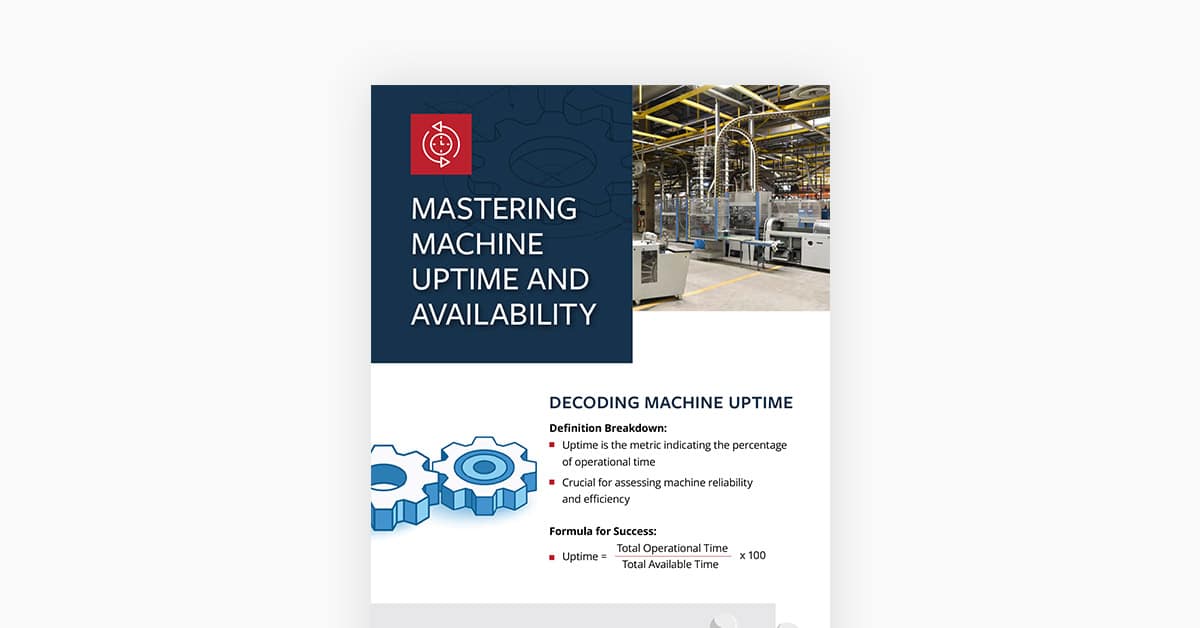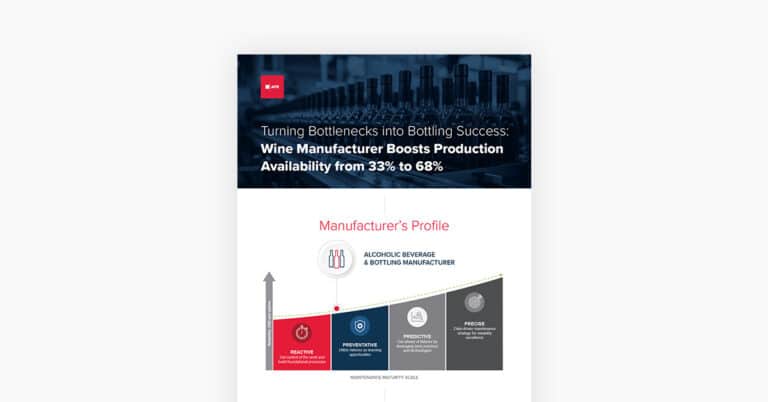Strategies for improving machine uptime and availability
Machine uptime and availability are crucial concepts in industrial and manufacturing sectors, directly influencing productivity and operational efficiency. Understanding these terms and implementing strategies to optimize them can lead to significant benefits for businesses.
Machine uptime refers to the percentage of time that machinery is operational and available for use. It serves as a critical indicator of the reliability and efficiency of equipment. High machine uptime means that the equipment is functioning as expected, minimizing interruptions and maximizing production. Achieving high uptime requires diligent maintenance practices, skilled machine operators and robust equipment.
Availability, on the other hand, encompasses more than just operational time. It includes the proportion of time that machinery is ready for use, excluding any downtime. This metric is essential because even if a machine is not currently in use, it must be available when needed to avoid bottlenecks in production processes. Availability is a broader measurement that combines uptime with the readiness of the equipment to ensure seamless operations.
The importance of maintaining high uptime and availability cannot be overstated. High uptime ensures maximum productivity by reducing the idle time of machinery. This efficiency directly impacts the bottom line by minimizing costs associated with repairs, maintenance and downtime. Furthermore, consistent machine performance leads to timely delivery of products and maintains the quality standards expected by customers, enhancing overall customer satisfaction.
Several factors influence machine uptime and availability. Preventive maintenance is one of the most critical aspects, involving regular, scheduled maintenance to prevent unexpected failures. This proactive approach helps identify potential issues before they escalate into significant problems, ensuring that machinery remains operational and available. The training and skill level of production operators and maintenance staff also play a vital role. Well-trained and experienced personnel can quickly identify and address issues, maintaining smooth operations.
The quality of equipment is another essential factor. Investing in high-quality, reliable machines can significantly improve uptime and availability. These machines are less prone to failures and often come with advanced features that facilitate maintenance and monitoring. Additionally, environmental conditions such as temperature, humidity and cleanliness can impact machine performance. Properly managing these conditions helps in sustaining optimal operating conditions, thereby enhancing uptime.
To measure machine uptime, metrics like Mean Time Between Failures (MTBF) and Mean Time to Repair (MTTR) are commonly used. MTBF indicates the average time between equipment failures, providing insights into reliability. MTTR measures the average time required to repair and restore equipment to operational status, reflecting the efficiency of the maintenance processes.
Improving machine uptime and availability involves adopting advanced strategies such as predictive maintenance. This approach leverages sensors and data analytics to predict potential machine failures before they occur, allowing for timely interventions. Regular inspections and upgrading equipment to newer, more reliable models are also effective strategies to enhance uptime.
In conclusion, mastering machine uptime and availability is essential for maintaining efficient and cost-effective operations in any industrial setting. Manufacturers can achieve higher productivity and customer satisfaction by focusing on preventive and predictive maintenance, investing in high-quality equipment and ensuring well-trained staff. For more information on machine uptime and availability, download the accompanying graphic.






